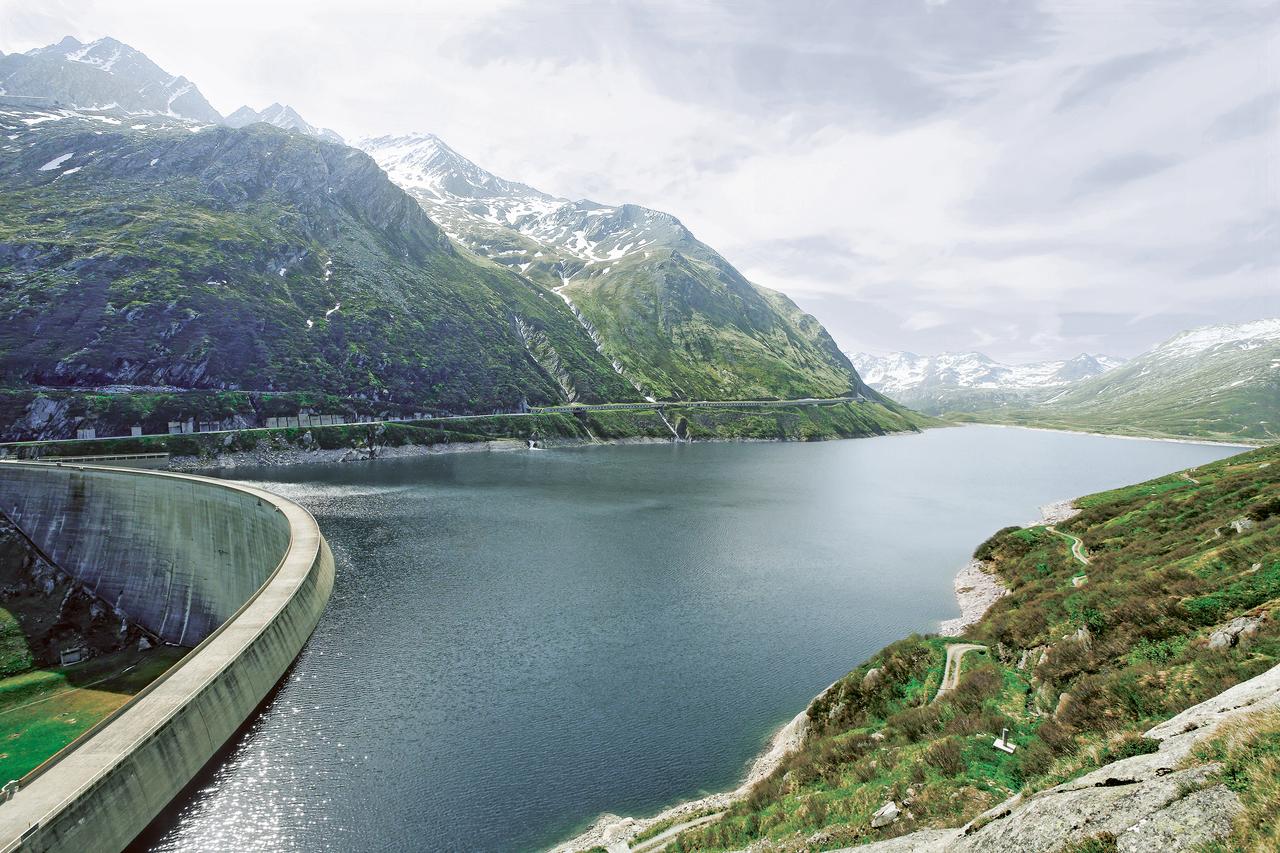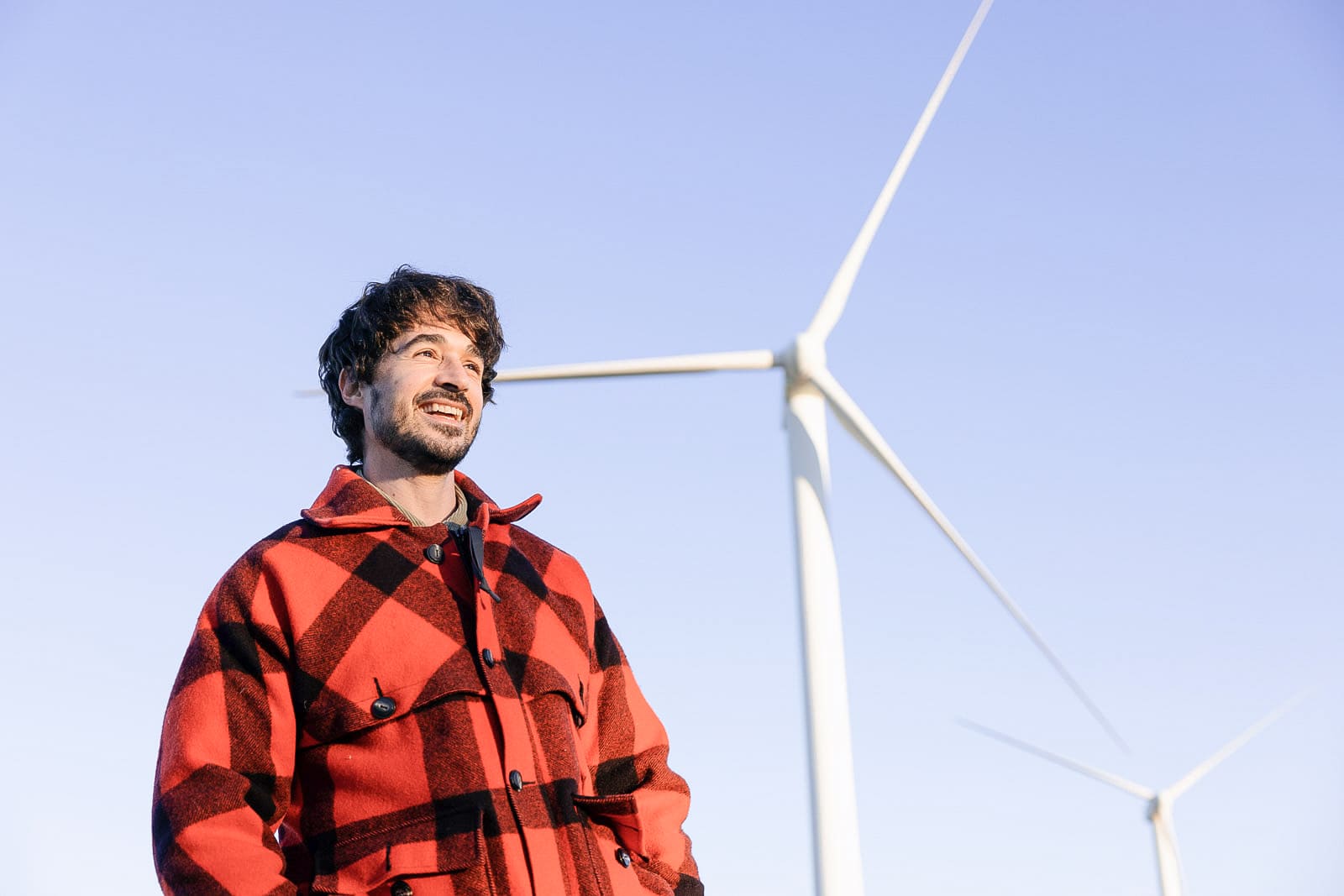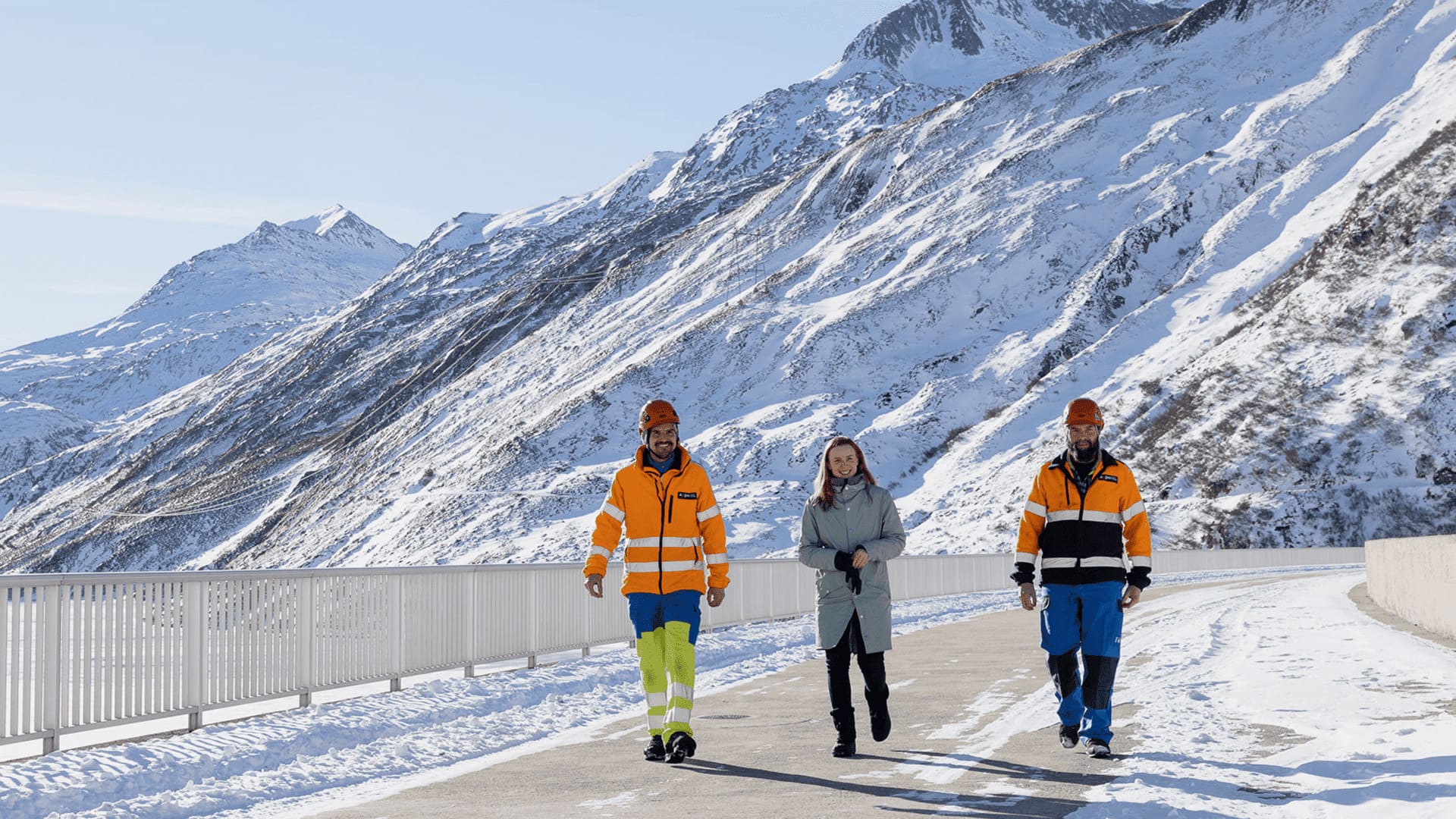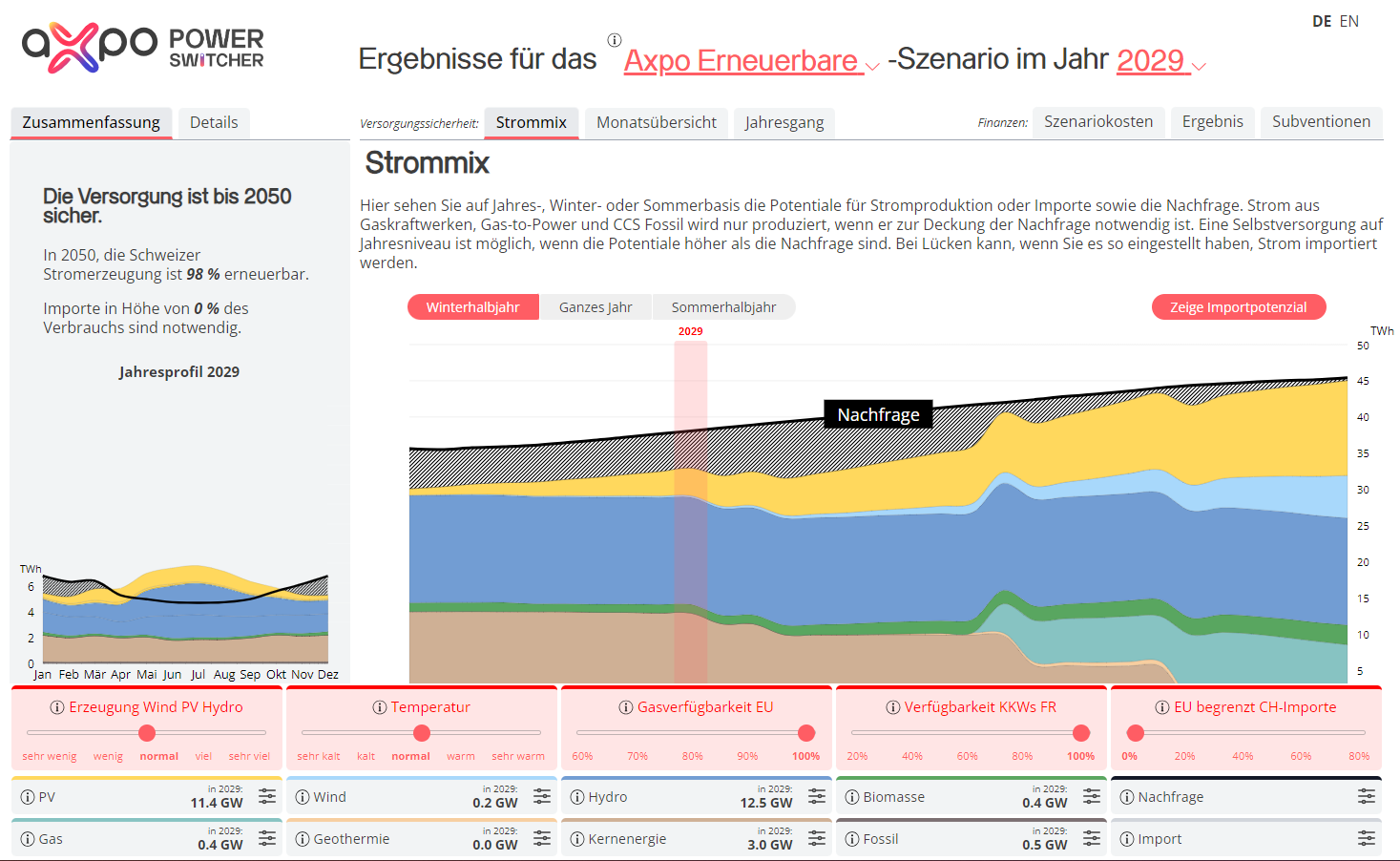17.04.2018 | A look into the Zervreila hydropower plant
Inside a dam
Switzerland has strict safety requirements for dams. These include regularly visual checks and measurements. A video made at the Zervreila storage power plant provides an impression of what’s involved for the two men who spend a day inside the dam. Come along!
A look inside a dam. See for yourself at the Zervreila power plant (KWZ), located in the upper Vals valley, and in which Axpo holds a 21.6-% share. You'll also get an understanding of how the over 200 dams in Switzerland are monitored for safety.
At KWZ this means: Workers check the dam every two weeks. The two men spend the entire day inside the power plant and the dam to inspect the leachate or measure dam movement with a pendulum. The measurement also indicates how many centimetres the dam moves between full and empty reservoir capacity:

The KWZ uses the water from a 200-km2 catchment area in the upper Vals and Safien valleys. At the heart of the facility is the Zervreila reservoir with a 151-metre high arch dam, a crest length of 504 m and a capacity of 100 million m3. The Zervreila dam went into operation in 1958. The KWZ has a maximum capacity of 258 MW, and produced an average of 560 GWh of power over the last 25 years, equalling the yearly supply of some 100,000 households.
After nearly 60 years of operation, various plant components must be refurbished and replaced by 2019. This includes work on the ancillary facilities of the dam, namely an extensive refurbishment of the bottom outlet and the discharge drain, two safety-relevant dam facilities.
Here's a virtual tour of KWZ
Dam safety
Safety cases must be submitted regularly for all the Swiss dams. In addition to structural abnormalities, earthquakes, flooding, as well as rock slides and avalanches represent potential dangers. According to the Swiss Water Management Association the following rules and regulations must be observed:
Flooding: The overflow spillways must be able to withstand a flooding incident of a magnitude occurring only every 1000 years or even more rarely, without endangering the dam.
Earthquakes: It must be regularly proven that if the facility fails, no sudden or uncontrolled water drainage would occur, and that according to current seismic principles it can withstand an earthquake of a magnitude occurring only every 10,000 years (smaller plants: 5000 years).
Dams are continuously monitored with help of conventional or automatic measurements in order to detect abnormalities in the dam, the foundation or the environment early on. Monitoring takes place at four levels.
Operators: Regular visual checks, measurements, and operation inspection/testing.
External engineers: Annual visual checks, assessment of measurement results, and yearly reports.
Certified experts: Comprehensive safety inspections of the condition and behaviour of the dam and its environment, including a safety report every five years.
Supervisory authorities (the federal government for large-scale facilities/cantons for smaller facilities): Review of monitoring, assessment of expert reports, and, if needed, prescribing measures.
With this systematic review, possible weaknesses or abnormalities can be detected long before safety is endangered.




.jpg)





